Function and Ergonomic Design in Furniture
By the end of the 19th century humankind began to realize that while changing the environment in which he lived, he himself also indirectly changed. The idea that the environmental arrangements to be made and all kinds of tools and furnitures, equipment and architecture to be used should be suitable for humans has started to appear and shape only in the second half of 20th century. This shows that people are conscious while changing their environment.
People are in contact with their environment. No matter in which environment, one does certain actions in accordance with human characteristics and requirements, and uses objects to do many of these actions.
If the relationship between people and the furniture they use is considered as a system, there must be a harmony between man and furniture in order for this system to work effectively. Measurements related to the human body provide the necessary information for the development of this system. This information determines the size and shape of the furniture that people use, such as chairs.
For this reason, the furniture to be designed has to be in direct relation with our body under certain conditions. This relationship may be one-to-one or addressing to the eye and other sensory organs. In this case, the suitability of the physical structure of furniture to human structure is determined by ergonomic criteria. When using the furniture, both the user and the physical structure of the furniture should not be forced against various effects and must be in harmony. To ensure the harmony between the user and the furniture, limits of strain on both sides must be known. For this, physical qualities of the human body, such as the human body measurements and the areas of motion, should be examined.
The chairs in the furniture group are frequently used in almost every place. In these places, people experience a lot of discomfort such as pain in the neck, waist, hip and back due to incorrect products. It is seen that he lived. Furthermore, the lack of ergonomic conditions in these products leads to health problems in dining and working areas. In order to eliminate the ergonomic problems in chair design, the optimum combinations in human and environmental relations should be determined and appropriate arrangements should be made. Ergonomics of furniture are examined according to different criteria in order to allow users to spend more time in a more comfortable, healthy and safe environment.
Furniture, as a meaning, is the object to decorate and equip the places for various purposes. In other words, furniture, with its functional value, affects the usefulness of the place and makes the place look beautiful or ugly with its aesthetic value. Shortly, it is a product that combines art and technique and transforms the environment we live or work into a cosy, charming and colorful place.
The need for furniture is increasing in parallel with the housing need due to rapid population growth, immigration and social developments. Furniture meets physiological, cultural and aesthetic needs. Chairs produced with different materials, such as wooden chairs, metal chairs, plastic chairs, intend to meet this need.
Furniture design is really an art as well as it is a science. Although there are certain designers who are trained both in aesthetics and engineering, it is not right to expect all furniture designers to be well trained in structural mechanics.
The widespread use of modern computers helps eliminate these barriers. Once programmed, a computer can perform a structural analysis in seconds, which will take hours to complete manually. The mechanical weaknesses that may exist in the aesthetic design of the furniture can be realized before production and distribution thanks to the use of such software.
Function in Furniture
Function is the main benefit expected from something. The expectation of function in furniture varies especially according to aesthetics, technical and economic condition. When we examine the art history of furniture, we see that there are times when aesthetic elements disrupt the balance against the function factor in the periods when economic indicators were rising. While architects were designing functional products they have also defended aesthetic factors. However, the precise balance between function and aesthetic factors is determined by economic factors.
In general, the factors affecting the function of furniture are the psychological-sociological conditions, cultural levels and economic conditions of furniture buyers, the age, physical and biological status of the users, the internal and external conditions of the place to be used, and whether or not furniture is made for private or general use.
Ergonomic Design
Ergonomics; is benefiting from the sciences of physics, chemistry, biology, psychology, sociology, economics, history, archaeology etc., and offering the results of the studies to the areas of architecture, engineering, management etc.. Ergonomics aims the alignment of human-action-tool. We here are analyzing furniture in the category of tools. Human capacity, performance, limits, the dimensions of the human body is included in the subject of ergonomics. The concept of measurement is of great importance in every situation such as from design to use of the furniture or even from the convenience of transport to the comfort of the furniture. When body dimensions are taken into account, factors such as country, region, age, gender and occupation should be taken into consideration. Questions such as what the height of the chair should be to be comfortable indicate the science of ergonomics. Controlling the ergonomics of the chair with simulations during the design phase, contributes greatly to go to the right direction. The expectation of the product user should be well known by the designers. For example, in the design of a passenger seat, the differences between short-legged Asian people with long bodies and long-legged European people with short bodies should be considered. Compliance with ergonomic norms has become an inevitable necessity for producers.


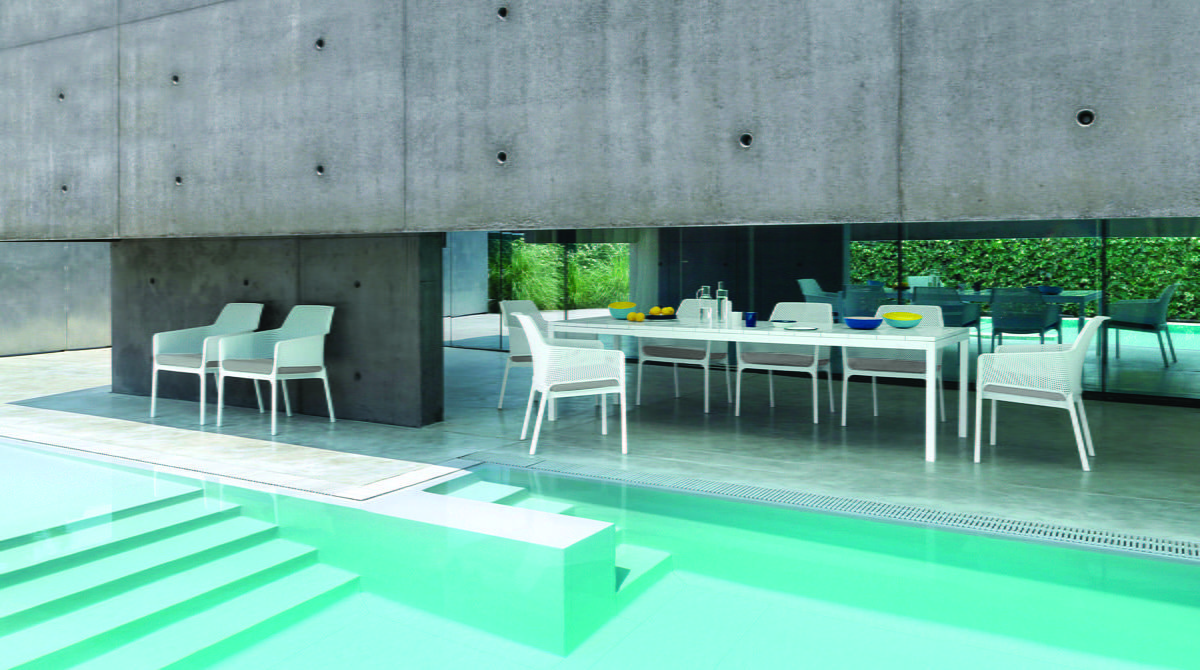
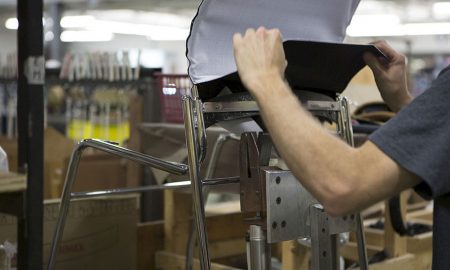
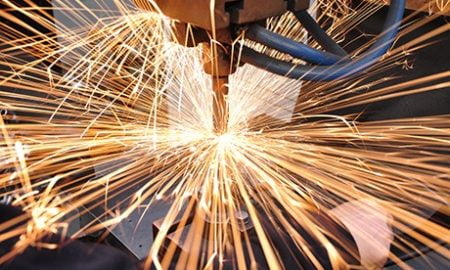
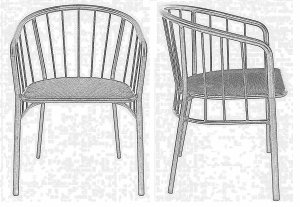
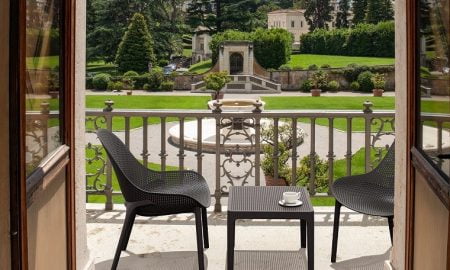

Leave a Reply
You must be logged in to post a comment.